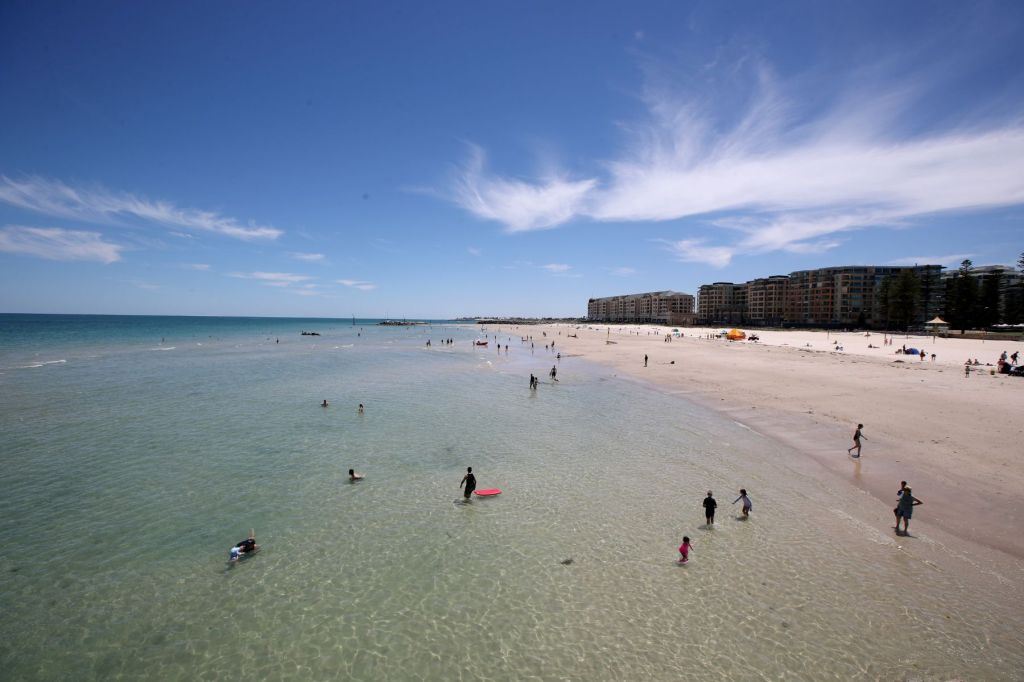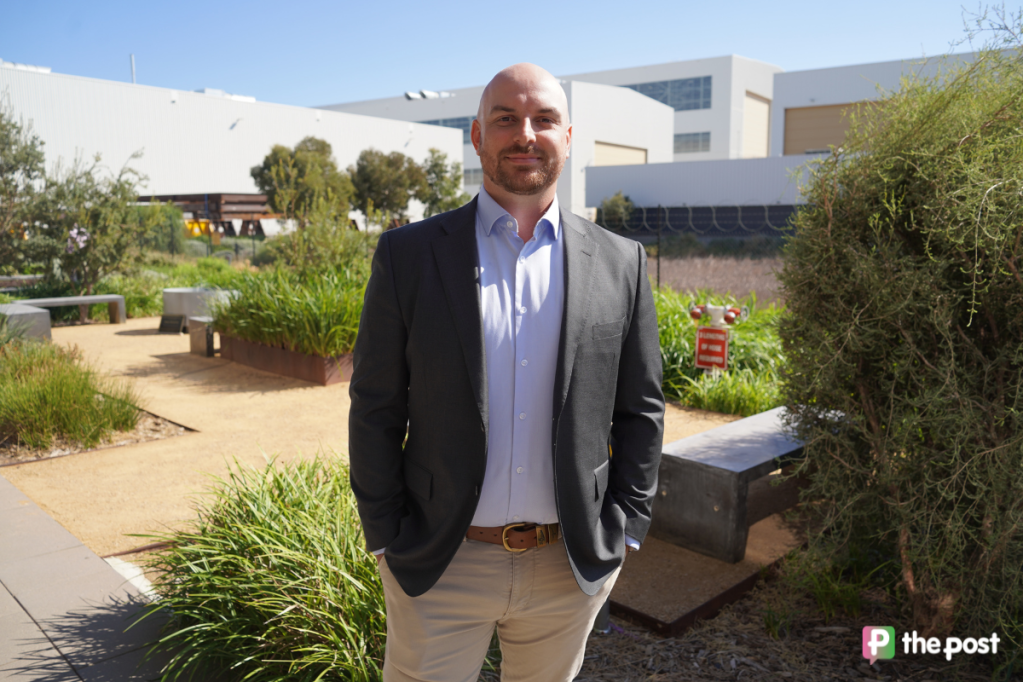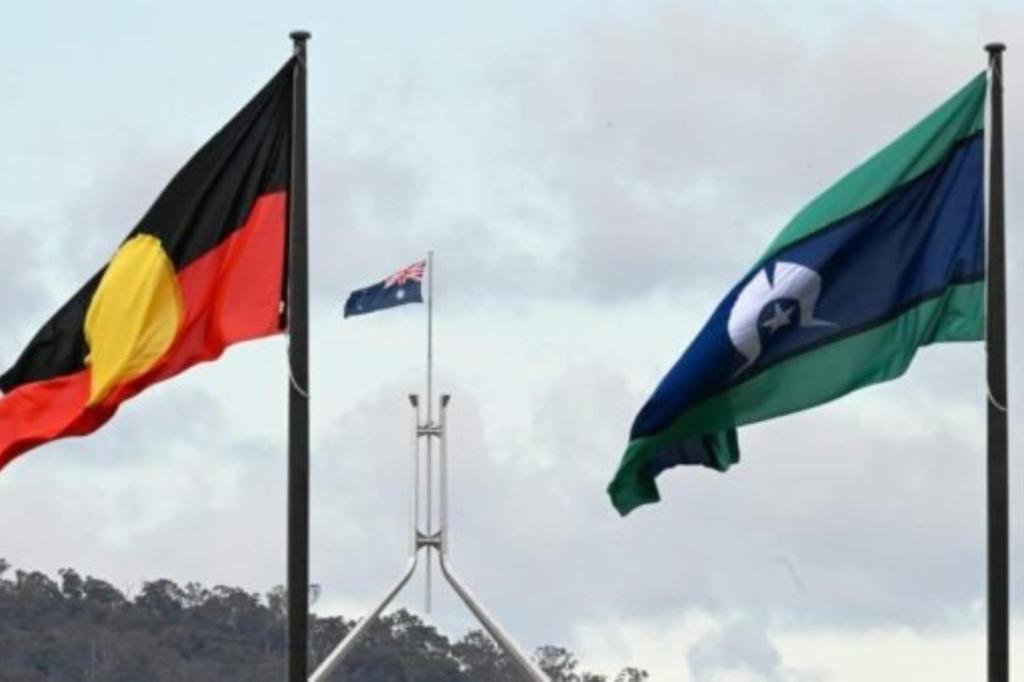Councils face ‘constant battle’ to maintain coastlines
Coastal councils are calling for a federal funding boost and a national climate response from the incoming government.

The South Australian Coastal Councils Alliance is calling on the incoming federal government to establish a national response to coastal climate risks and increase funding to ensure councils can maintain coastal infrastructure.
Chair of the Alliance and Alexandrina Mayor Keith Parkes said maintaining the state’s coasts is “a constant battle”.
Of the 68 council areas in South Australia, 34 of them contain stretches of coastline.
“[Alexandrina is] exposed to the Southern Ocean, so we get extremely strong storms and weather events which damage jetties, we also get really high tides that erode the base of the dune structure,” he said.
“It’s nature doing what it does, but we have to do the best we can to mitigate the effects of that, and we need money.”

Installation of esplanade roads, carparks and other urban infrastructure close to the shoreline alters the nature of the backshore and slope of the beach, like at Horseshoe Bay. This picture: Integrated Coasts/via Alexandrina Council
Parkes said aside from the metropolitan councils, coastal councils generally have smaller populations and therefore less rates income.
Local councils receive financial assistance grants as a percentage of the federal government’s total tax revenue, which, according to the Local Government Association (LGA), has halved from one per cent to 0.51 over the past three decades.
You might like
“In the meantime, everything has doubled or more in price and the cost of doing things has become more and more expensive,” Parkes said.
“Expectations become higher, but our income hasn’t changed.”
With the election looming, Parkes said the federal government also needs to look at its funding distribution and make sure it’s equitable “so that smaller councils with higher demands and less income are getting more support”.
In addition to restoring federal grants to appropriate levels, the LGA is also calling on the federal government to create a $400 million national climate adaptation fund to help local governments tackle climate challenges.
“Councils are on the frontline of climate change and coastal adaptation but are often being asked to do more with less,” LGA SA CEO Clinton Jury said.
“Federal funding for programs like LGA’s Climate Ready Coasts is helping councils in coastal adaptation and strengthening disaster preparedness,” he said.
“But ongoing federal funding is needed to build on this, including strengthening areas like climate and hazard data to support local decision-making.
“Increasing financial assistance grants will help councils invest in protecting coastal community assets and critical infrastructure.”

Tumby Bay’s Jetty repair costs were a big community issue in 2024, with the jetty closed to the public in 2022. This picture: Tumby Bay Council
Stay informed, daily
Findings from the Essential Services Commission of SA (ESCOSA), released earlier this year, found councils historically haven’t spent enough on their asset renewals, which leads to increased costs for future repair and maintenance.
Alexandrina and Tumby Bay councils were two that were graded “financially unsustainable” by ESCOSA, with Tumby Bay’s jetties being pointed out as a key challenge to their financial sustainability.
As cost-of-living pressures rise, local councils are reluctant to increase residents’ rates to cover the costs of maintenance.
“We can’t keep putting rates up because our residents are not getting huge increases in their income, they just can’t afford it,” Parkes said.
Half of the councils in SA share responsibility with the state government to manage coastlines in their regions, and most have faced challenges from storm events, flooding, erosion and rising costs associated with maintenance.
“The state government always support us, certainly in South Australia through the Coast Protection board, and they do the best they can with the money they’ve got,” Parkes said.
When asked what would happen if councils could no longer afford the coastline’s upkeep, Parkes said, “the damage to the existing assets would be enormous and the impact to the environment… you just couldn’t imagine”.
More than 90 per cent of people living in SA live within 50 kilometres of the coast, and around six million tourists visit SA beaches every year.
Parkes is concerned about the impact climate risks will have on the future of SA’s tourism industry.
“Tourism is fantastic because they spend money, but they expect amenities and they expect the infrastructure to be there,” Parkes said.
“We love visitors, and we want to look after everything, we just don’t have the money to be able to do it to the level that it requires.
“We don’t want to neglect the environment along our coast, we want to protect it.
“We want to keep it beautiful like it is now and not lose coastline because of the rising impact of the climate.”







